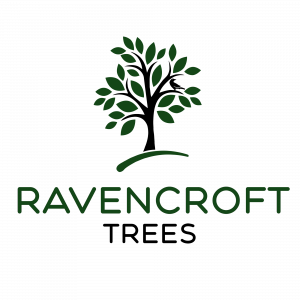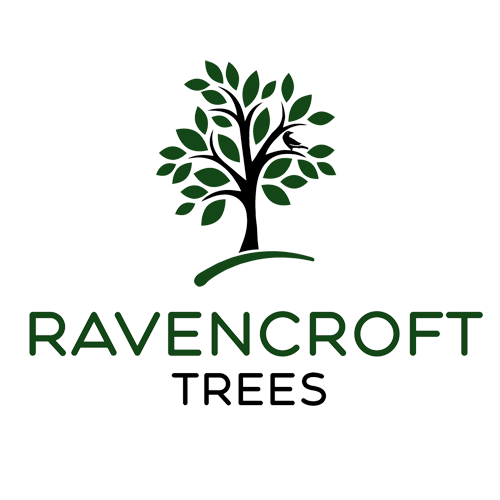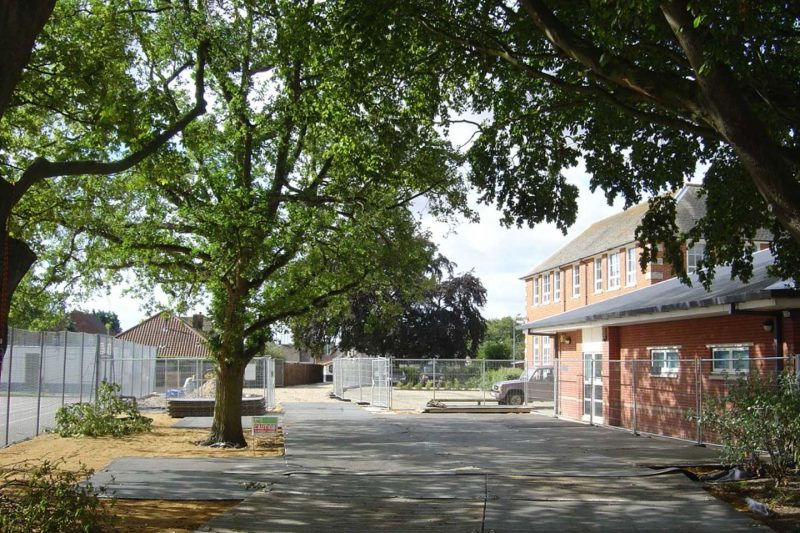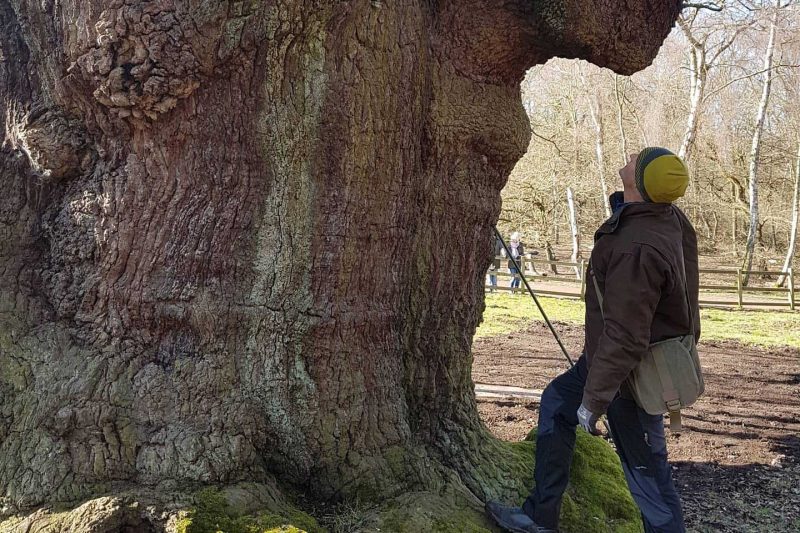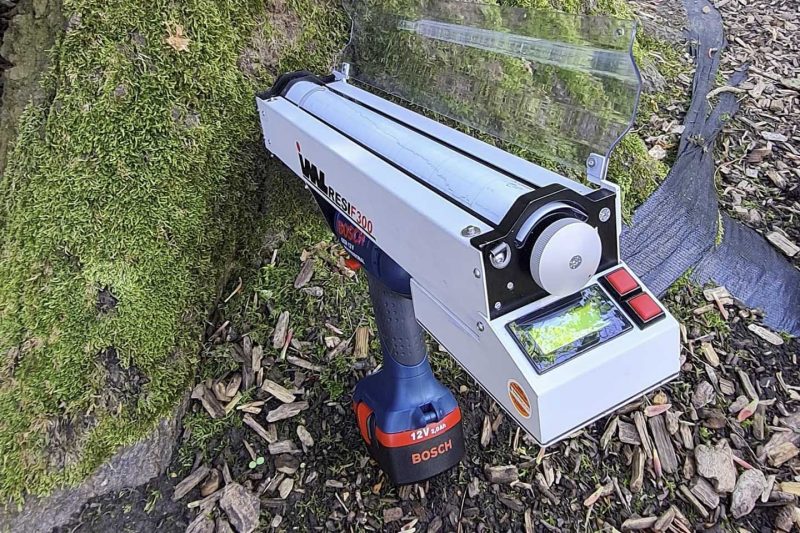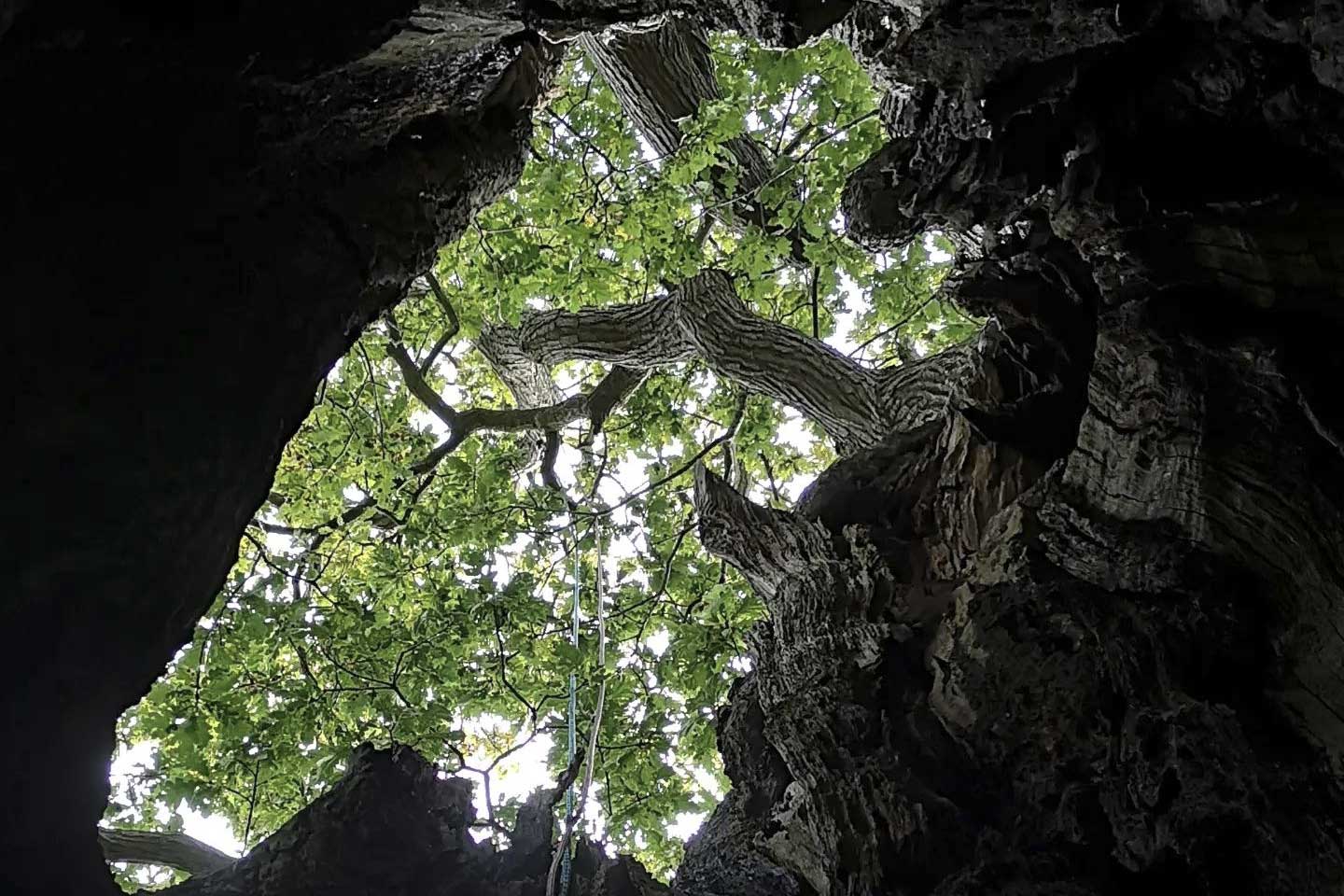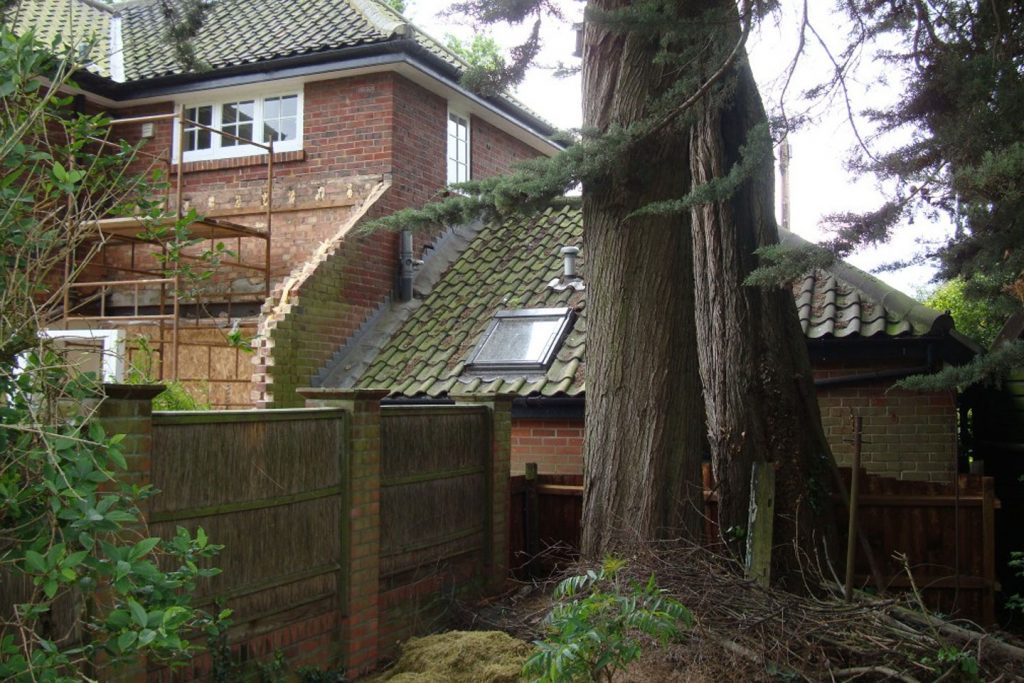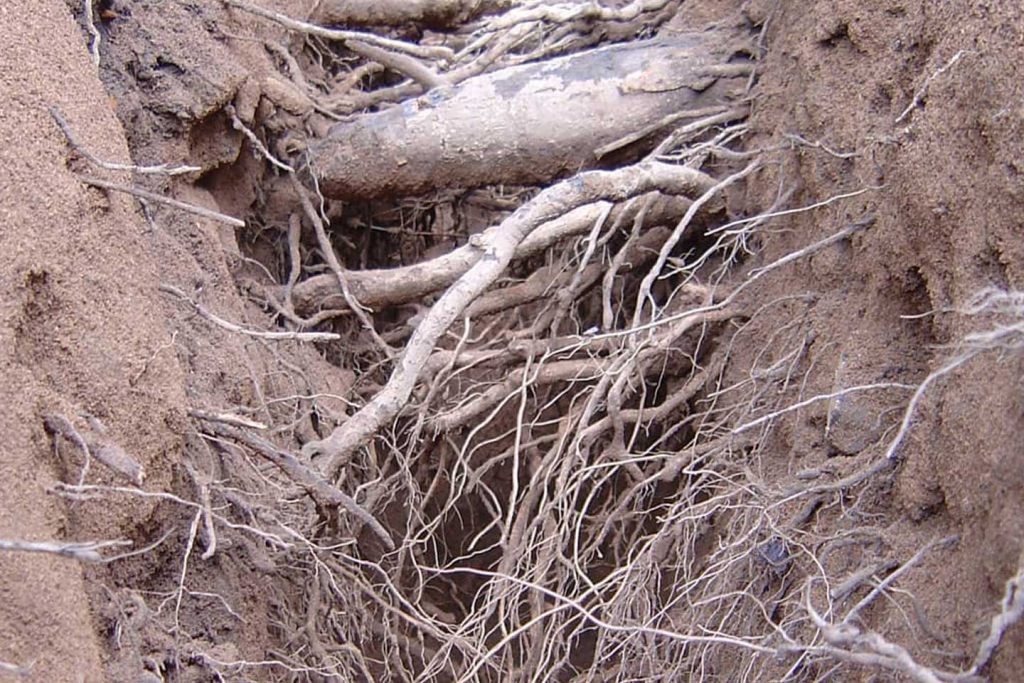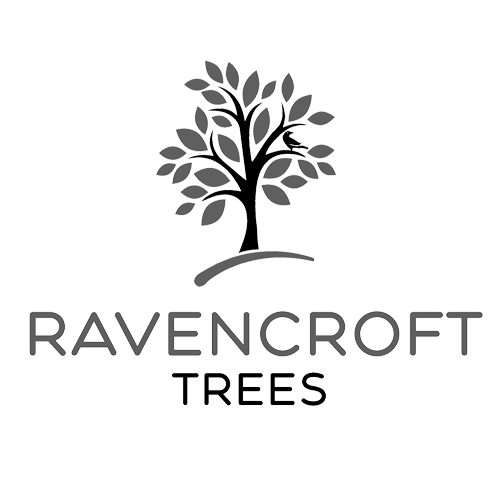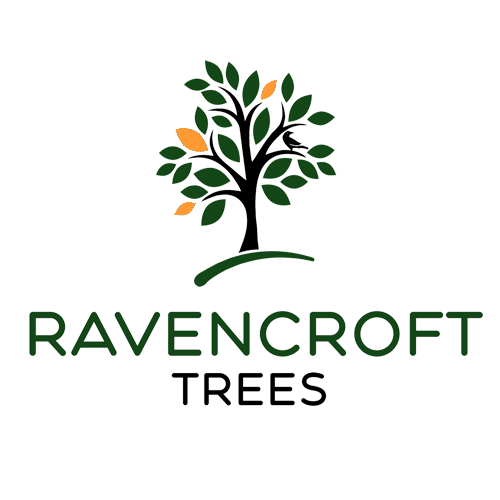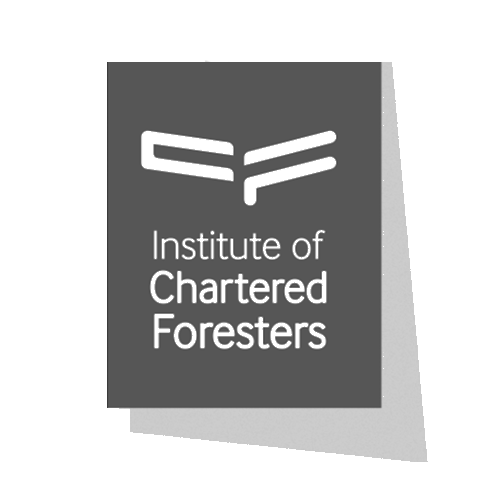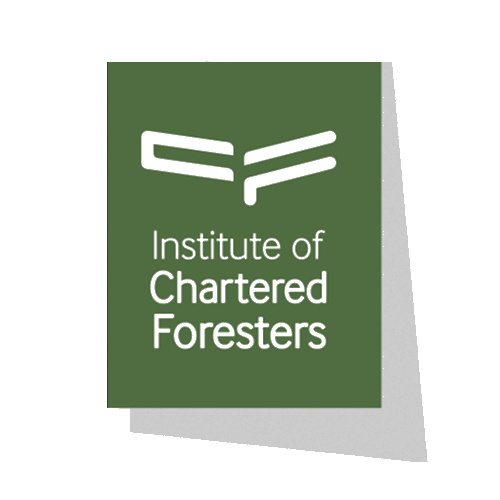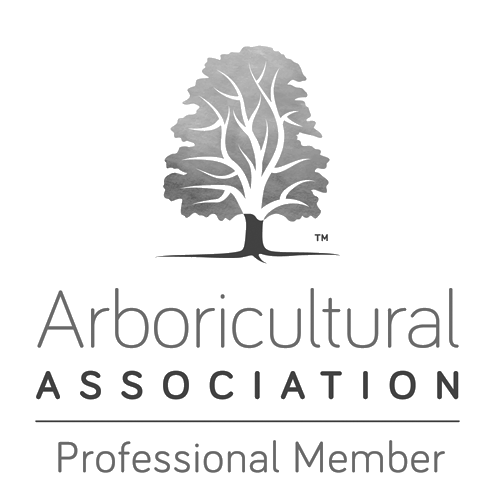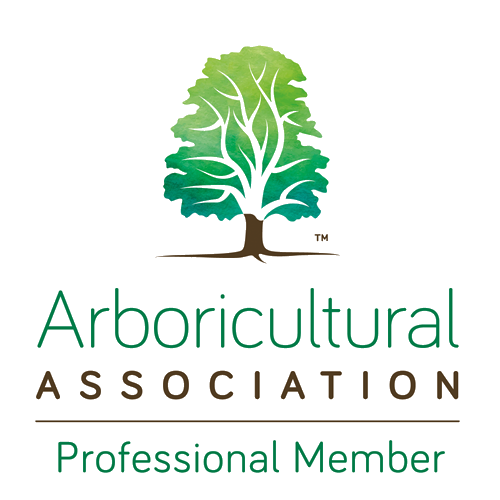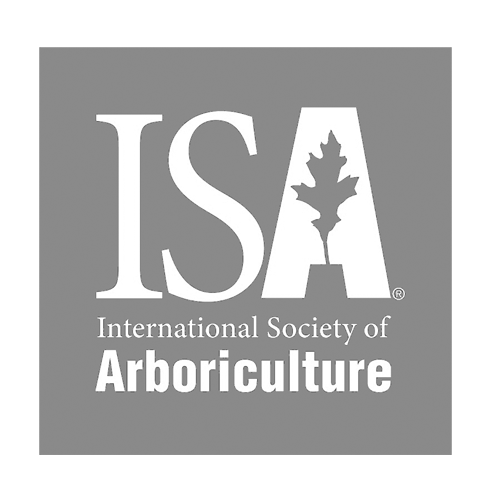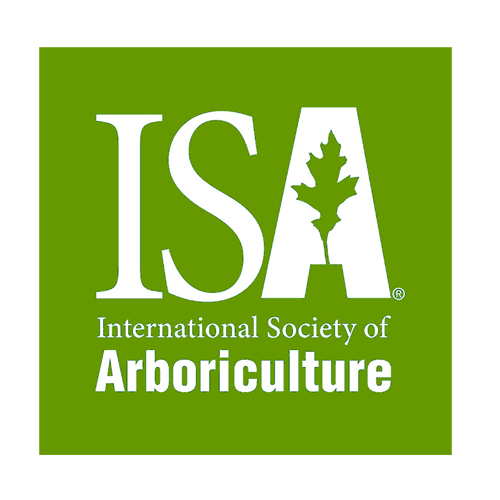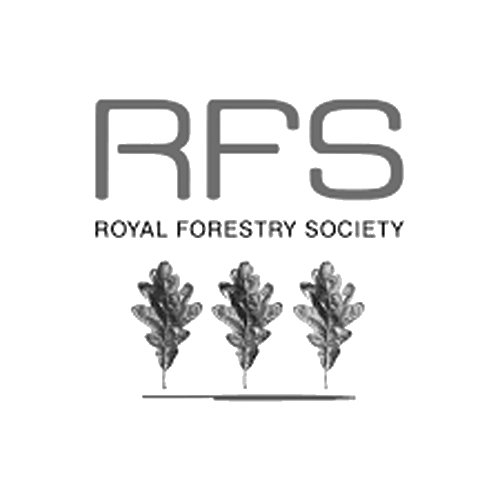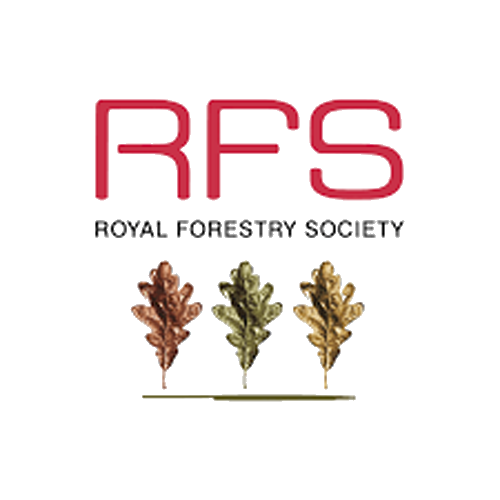EXPERTS IN TREES
We are tree consultants providing expert advice on trees, headed by our principal with over 30 years experience, Richard Ravencroft (BSc Hons Arb., M. Arbor. A, MICFor, ISA Cert Arb.)
Our team of arboriculturalists have spent their careers working with trees and bring that wealth of experience to assist you in moving your project forward, quickly and confidently.
If you need reliable tree advice, contact us to see how we can help.
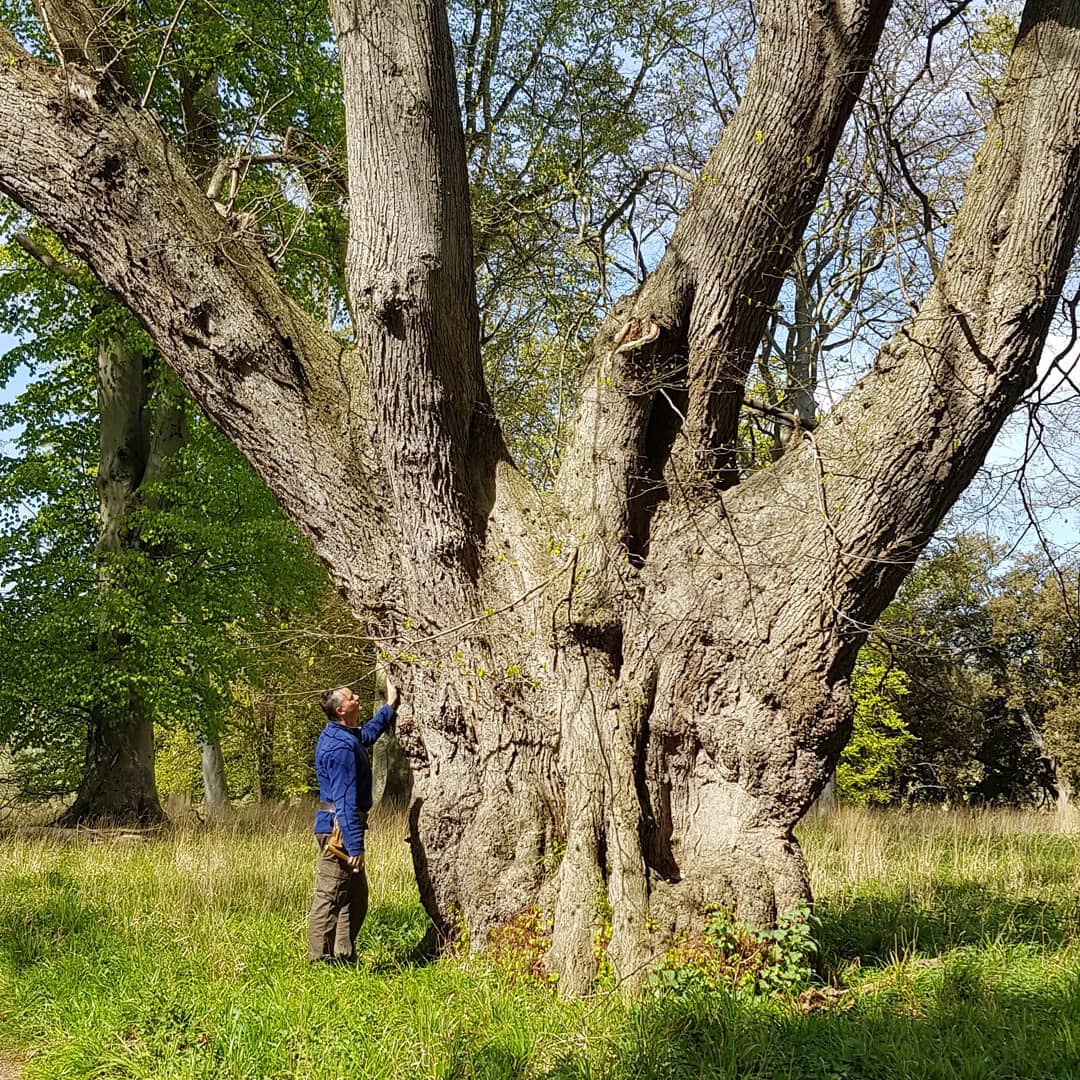
Meet the Team
Passionate about trees

Richard Ravencroft
MD & Senior Consultant
BSc.(Hons)Arb. M.Arbor.A. MICFor. ISA Certified Arborist.

Tony Sorensen
Senior Consultant
BSc.(Hons).Arb. M.Arbor.A.

Sam Heath
Consulting Arborist
ISA Certified Arborist
